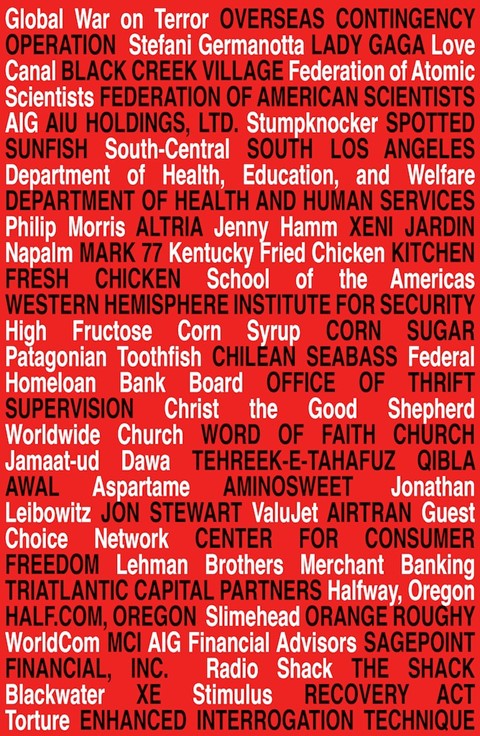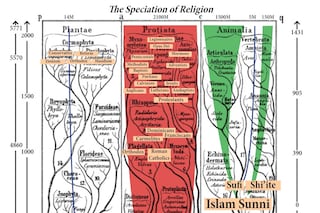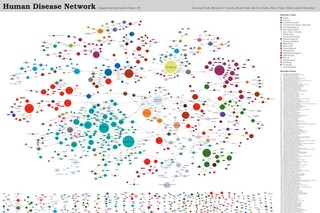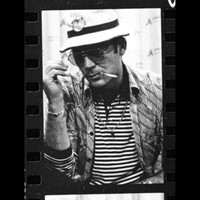As we all catch our breath after last week's Frieze Art Fair, we talk to Edge's John Brockman about his Map Marathon in conjunction with the Serpentine Gallery
Not all the Frieze action took place in Regent's Park. Actually, a lot of the better art and arty activities could be seen and experienced around London town, whether it be in a rundown East End warehouse, or a massive Mayfair gallery. Or in the Royal Geographical Society, for that matter. The Serpentine put on another one of its stellar Marathon events, this year focused on 'maps', and invited artists, poets, musicians, schoalars, philosophers and architects, to mention but a few, came together to create maps for the 21st century. Edge, a collaborating group of intellectuals, were called in by Serpentine curator Hans Ulrich Obrist to assist in the Marathon, and here we give you a selection of maps created by its affiliates.
Dazed Digital: Explain the concept behind Edge...
John Brockman: Edge was inspired by the 1971 failed art experiment entitled "The World Question Center" by the late James Lee Byars, my close friend and sometime collaborator. James Lee believed that to arrive at an axiology of societal knowledge it was pure folly to go to Widener Library at Harvard and read six million volumes. Instead, he planned to gather the 100 most brilliant minds in the world in a room, lock them behind closed doors, and have them ask each other the questions they were asking themselves. The expected result, in theory, was to be a synthesis of all thought. But it didn't work out that way. James Lee identified his 100 most brilliant minds and called each of them. The result: 70 people hung up on him. A decade later, I picked up on the idea and founded The Reality Club, which, in 1997, went online, re-branded as Edge.
DD: This was your third Marathon event, how did the collaboration start?
John Brockman: Hans Ulrich Obrist first sought me out in the late 90s through his interest in Byars, with whom I collaborated in the early 70s. In 1999, we sat together for the better art of a day and began a conversation that has continued to the present. The Q&A was published in Art Orbit, entitled "Brockman's Taste for Science".
DD: Hans Ulrich Obrist and Julia Peyton-Jones seems to be very active in and around Serpentine, how would you describe their role in modern art in London today?
John Brockman: Around the time Hans Ulrich and Director Julia Peyton-Jones got together at the Serpentine Gallery, the London art world was a corpse. Lots of press about money, collectors, real estates, but bereft of ideas. Thanks to Obrist, on any given weekend (such the recent Maps Marathon at the Royal Geographical Society) people are flying into London from Paris, Beijing, Munich, New York to be at the centre of the action — and that's usually wherever he happens to be. London is now the art capital, and that's because of the catalytic activities surrounding Serpentine Gallery.
DD: What was your favourite map from the weekend?
John Brockman: Don't bore me...







